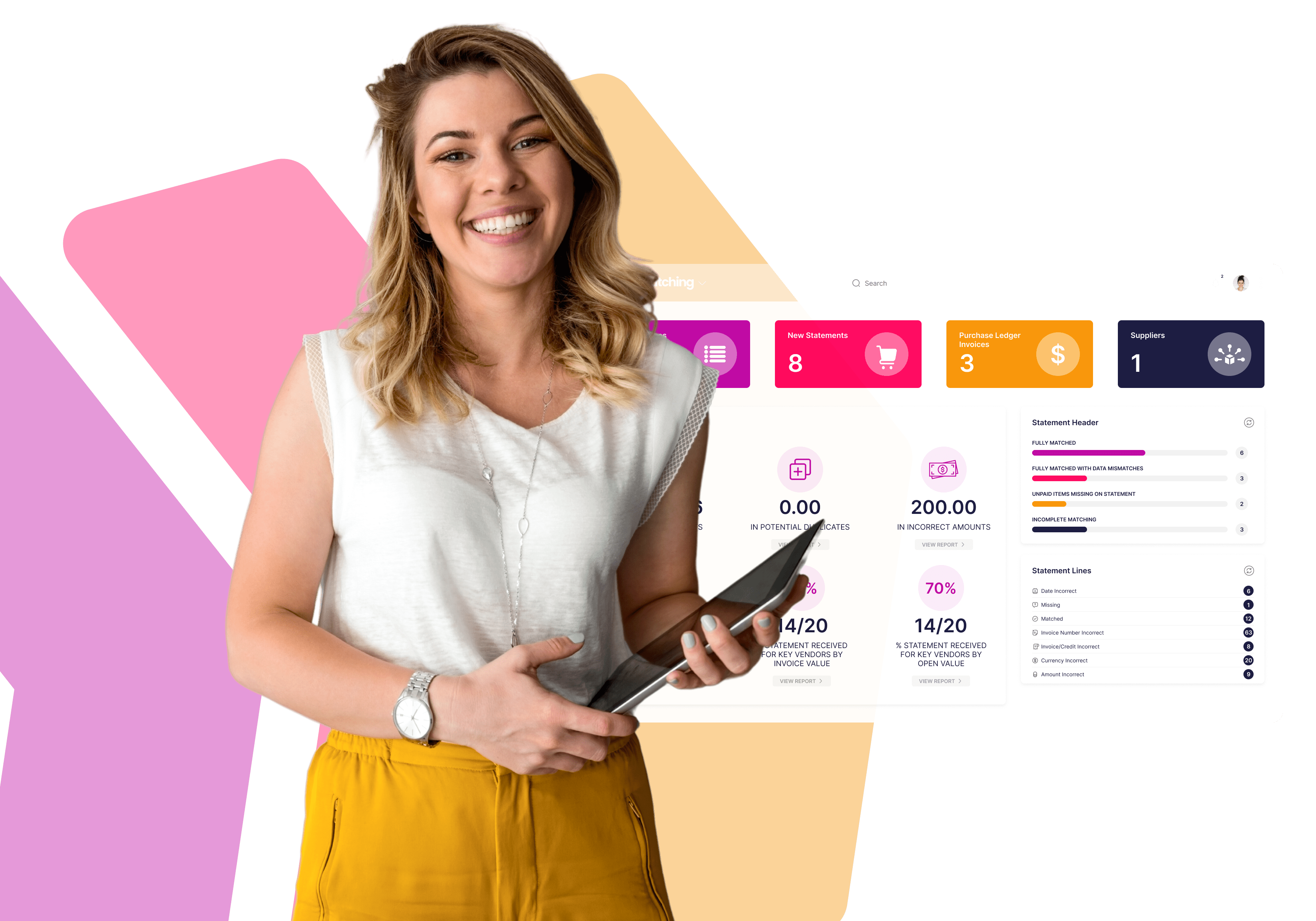Have you ever found that some process or procedure that you thought was once just perfect is suddenly no longer fit for purpose?! The fluid and dynamic nature of the operating environment means that enterprises cannot afford to be complacent.
The term ‘uncertainty’ has become synonymous with the turbulent economic times we’ve experienced, almost continually, since 2008. However, more recent times may be better characterized through the word ‘disruptive’.
In this respect, technology has been the key agent of change. For corporate finance departments, the traditional functional area of accounts payable (AP) is undergoing a significant transformation.
At the heart of this change is applying automation to invoice processing, a shift that is revolutionizing how businesses manage their financial operations. In this blog, we’ll explore the compelling advantages of automated accounts payable processing, the key features that drive its success, upcoming trends, and practical steps for a smooth transition that helps to drive continued success for enterprises.
Just suppose that an accounts payable department could operate with unparalleled efficiency, accuracy, and speed. This vision becomes a reality through automated invoice processing.
Recently, speculation about the rapidly evolving field of artificial intelligence (AI) has dominated the tech as well as the non-tech news. For some, the future of AP is to be found in AI.
However, before AP leaders begin to look towards next-gen AI-powered invoice processing technologies, they need to consider whether they have exploited the full advantages of software automation. The key advantages of automated accounts payable software are:
Boosted efficiency – Automation significantly accelerates invoice processing times. Manual data entry is time-consuming and error-prone. Automation captures invoice data from digital and hard copy formats. This virtually eliminates errors, allowing for seamless data capture with a 100% accuracy rate. This level of accuracy all but eliminates the time that is wasted on unravelling mistakes in AP processes to correct problems, such as over payment.
Streamlined approvals – An automated accounts payable workflow ensures invoices move swiftly through the approval process. First and foremost, this expedites payment cycles, supporting more timely invoice settlement. This, in turn, leads to cost savings and improved relationships with vendors, and prevents the disruption to operations that may occur, when delivery of goods and services is delayed or withheld.
Automated invoice processing relies on several key features that drive its success:
For enterprise AP departments, automated accounts payable is just the beginning of a journey. Future trends that we can expect to see in AP automated invoice processing include:
Using broad brush strokes we can readily define the process of transitioning to automating invoice processing. Below, this is outlined as a series of strategic steps that take you from where you are now to where you want to be:
The effective use of technology is a differentiator that provides competitive advantage. Consequently, it is a key determinant of continuing success.
APMatching automated accounts payable software provides enterprises with a sharper, more strategic edge to AP, maximising efficiency and optimising operations.
Take a personalised demo with one of our representatives, and we’ll show you how the software eliminates tedious, time-consuming manual invoice processing and automates duplicate invoice detection.
If you like what you see, we’ll give you full support so that you can more fully evaluate APMatching with a Proof of Concept (PoC), demonstrating how effective it is by using your own data.
Book a live demo to see the end-to-end processes on live customers systems and learn how easy it is to try this for free on a Proof of Concept.
Book a Live Demo to see the end-to-end processes on live customers systems and learn how easy it is to try this for free on a Proof of Concept.
